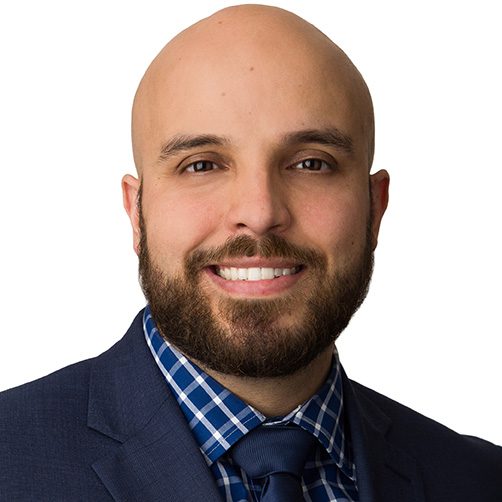How To Fix Any Injury ( For Trainers)
Here’s the thing about injuries, We all have them. These injuries may be damage to our nerves, muscles, bones, ligaments, tendons, or spine. Life is meant to be lived and enjoyed and it’s improbable to make it through life without having damage to our body from a plentiful life. Being active is so important for our mental health and so those with extreme activities often have damage to their skeletal system and can often experience chronic pain! Now, as a personal trainer for over a decade I have seen my fair share of clients coming in with injuries and looking to improve them or to find relief from the chronic pain. This blog article will tell you exactly how I assess these injuries and give you the path to begin to reverse the compression and repair the surrounding tissue.
THE ASSESSMENT
Number 1 mission is to figure out where the pain originated from! Was this an incident such as a fall or was this something that happened over time ( repetitive stress). The next question is how long ago was this accident or fall or when did you start to notice the pain?
The purpose behind this initial assessment is to get an idea of the type of damage that occurred and if it has metastasized to other areas. An example of this would be that if you experience severe knee trauma, there’s a good chance your hip and socket on that side has been functioning suboptimally and this person would probably have calf atrophy to some degree. The body does things to compensate for injuries in order to continue functioning. These factors will all depend on the severity of the injury, how long ago it happened and how your recovery protocol was.
After we’ve found out how long the injury has been there we’ll get a better idea of how to assess what is damaged, be it tendinopathy, muscular, ect.
THE MOVEMENT ASSESSMENT
Once we have identified where this injury is focalized and the acuteness we’ll then do movement tests such as step ups, presses, stretches and other things to see where range of motion is limited or where it becomes asymmetrical. This gives us an indicator of starting point as well as what muscles are restricted, dormant or atrophic! We can then set goals and begin to devise the progression and recovery protocols. The progression includes sets, reps, exercises, how we alternate days, rest days, as well as how often soft tissue work needs to be done ect.
THE PROGRAM
The program should incorporate well constructed movements with sets and reps set to ability and also incorporate thought into static stretching and recovery protocols. The muscles need to be revived and “woken up” and blood needs to begin flowing through the previous damaged tissue with proper functioning movement. Breathing for each movement should be accurate and thoughtful. With certain injuries it’s clear the body will never recover back to 100% but we can absolutely reduce pain and begin the road to recovery of our body.
SUMMARY: Now this was a very thin scaffolding to build the structure and thought process behind regaining your health and reducing your pain. This requires experience and creativity when designing a program to exactly fit your clients needs. Recovery protocols are monumental and mobility tests will be the shining light to your progress. Mobility is the body’s ability to have the flexibility to perform a maneuver but muscle tissue needs to be grown to support strength & balance in these positions and integrated into the whole body. Lastly, and I can’t stress this enough, your optimism and positive energy will play a vital role in your body’s ability to recover.
You can recover!
Originally Published on https://www.ascendperformancetraining.com/blog


























Already a Member? Login Here.
Not Yet a Member? Join the Conversation Today!